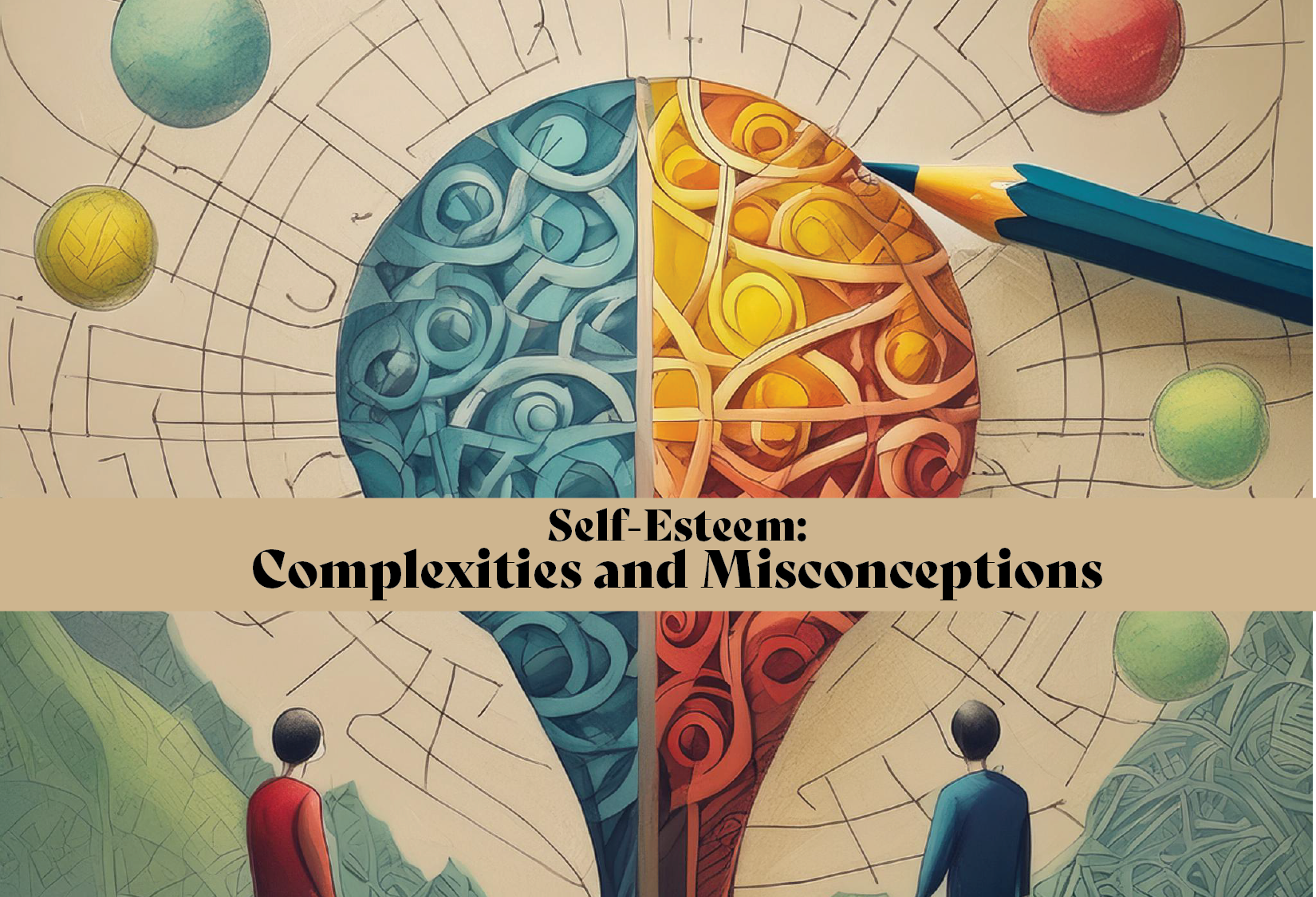
Article by
Often, self-esteem significance is over-estimated to such an extent that all the evil is attributed to low self-esteem, and high self-esteem is viewed as the cause of all good. In all extant (existing) theories and definitions of self-esteem, either they are by Rosenberg (1965); one of the pioneers in this domain, Sedikides & Gress (2003) or Wang & Ollendick (2001), all have defined self-esteem by the same token i.e., positive definitions that you have of your own self. Self-esteem is used in three ways as distinguished (differentiated) by Brown, Dutton, and Cook (2001). Firstly, to refer to the way people in detail feel about themselves, such as feelings of affection for oneself. Secondly, to refer to the way people evaluate their various abilities and attributes i.e. self-evaluation. Thirdly, feelings of self-esteem refer to momentary (short) emotional states, e.g., a person might say her self-esteem was sky-high after getting a big promotion or vice versa. (Abdel-Khalek and strategies, 2016)
Two interrelated components (Dual Pillars of Self Esteem)
Self-Efficacy/Self Reliance/Self-trust: means the basic confidence in the functioning of mind to face the challenges of life. For example if a person feels inadequate to face challenges or lacks self-trust, confidence then self-esteem deficiency, no matter what other assets he possesses.
Self-respect: it is a sense of being worthy of happiness. Also, it means, an assurance of my value and an affirmative attitude toward my right to live and to be happy. For example a person lacking basic sense of self-respect, feels unworthy, undeserving of love/ respect and fearful of asserting (claim, declare) thoughts/needs/wants; is deficient in self-esteem.
Formal Definition of SE(Self Esteem)
Within a given person, there will be inevitable fluctuations in self-esteem levels, much as there are fluctuations in all psychological states. We need to think in terms of a person's average level of self-esteem. As we are speaking of self-esteem as a conviction (belief, opinion) about oneself, however; it is more accurate to speak of it in formal definition, ‘Self-esteem is the disposition to experience oneself as competent to cope with the basic challenges of life and as worthy of happiness’, (Branden, 1995) yet Definitions are contextual; they relate to a given level of knowledge; as knowledge grows, definitions tend to become more precise.
Types of Self-Esteem:
Many distinctions were made by theorists concerning its different types such as contingent vs. non-contingent; explicit vs. implicit; authentic vs. false; stable vs. unstable; global vs. domain specific (Abdel-Khalek and strategies, 2016).
Dominance Hierarchy, Self-Esteem, Social Status:
Dominance hierarchy is a network, situation or connection in which there lies dominance relationships among pairs of individuals_ dominant individuals actively control or predict outcome of social interactions, possess access to food, resources and protection as compared to subordinate members_ in a group. (Chase and Seitz, 2011), (Von Holst, 1998). Dominance theory coincides with the universal desire for social status, seen by ample evidence within many other species. Status denotes the prestigious standing that you own in society. Now, another term comes here called ‘social esteem’ which is positive evaluation of one another. We will try to find out the link between social esteem & self-esteem via dominance theory.
Dominance theory characterizes self-esteem as the relative superiority in which human beings symbolically evaluate themselves as better than other people, despite physically prevailing/dominating over other animals. However, this differs from the standard definition of self-esteem.
Across diverse literatures and samples, a positive correlation was found between social status and self-esteem (Gregg et al., 2018). Experiments in college and university students suggested that the belief that they possess a high status, shown by the respect they gained, strongly predicted their self-esteem.
Dominance theory and Hierometer theory imply that the objective foundations of social status such as income, occupation etc., often termed as socioeconomic status (SES) should also predict self-esteem, which was found in a meta-analysis by Twenge and Campbell, establishing a small predicted self-esteem.
 Monthly "Azeem English Magazine", launched in 2000, records the information about diverse fields like mental health, literature, research, science, and art. The magazine's objective is to impart social, cultural, and literary values to society.
Monthly "Azeem English Magazine", launched in 2000, records the information about diverse fields like mental health, literature, research, science, and art. The magazine's objective is to impart social, cultural, and literary values to society.
+92 51 88 93 092
First Floor, RAS Arcade, Eidhi Market, Street#124, G-13/4, Islamabad, Pakistan, 44000.